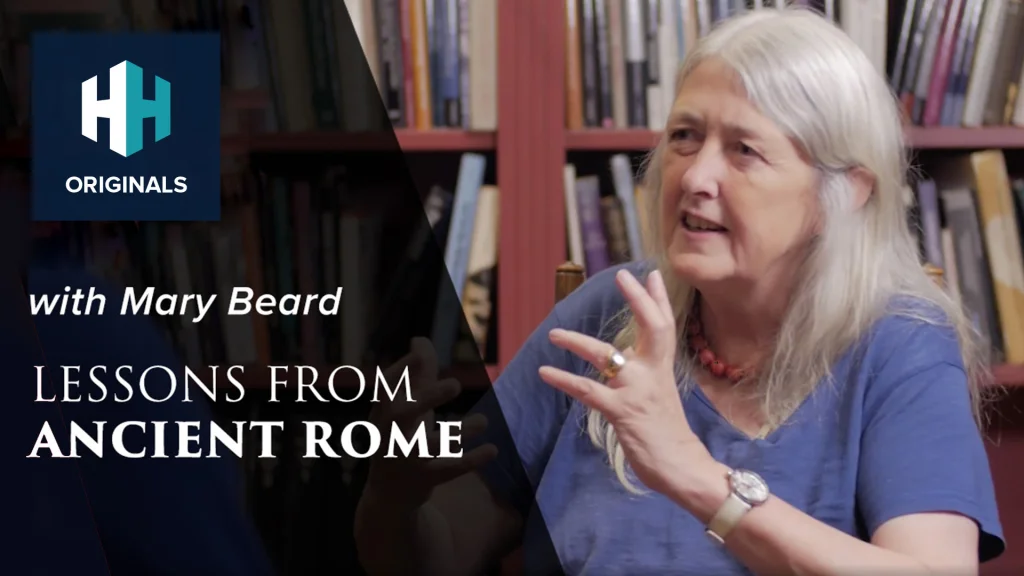Alternately referred to as the Third Jewish-Roman War or the Third Jewish Revolt, the Bar Kokhba Revolt took place in 132 – 136 AD in the Roman province of Judea. It was led by Simon Bar Kokhba, who many Jews believed was the Messiah.
After the revolt, the Roman Emperor Hadrian banished Jews from their homeland, Judea.
 Watch Now
Watch NowRomans and the Jews: 100 years of bad blood
Under Roman rule, which began in 63 BC, Jews were excessively taxed and their religion persecuted. In 39 AD Emperor Caligula decreed that his statue be placed in every temple of the Empire, including the Holy Temple in Jerusalem, which offended Jewish religious sensibilities. Rome also took control of the appointment of Jewish High Priests.
Previous bloody conflicts between the Romans and the Jews, such as the Great Jewish Revolt of 66 – 70 AD and the Kitos War of 115 – 117 AD (the First and Second Jewish-Roman Wars, respectively), had already severely damaged relations between the Empire and the Jewish people.
Hadrian inherited the situation from his predecessors Vespasian and Trajan. At first he was sympathetic to the plight of the Jews, allowing them back into Jerusalem and granting permission to rebuild their Holy Temple, which the Romans had previously destroyed.
But the Emperor’s disposition soon changed and he began deporting Jews to North Africa. He also started construction of a temple to Jupiter on the site of the Holy Temple. Although generally less war-like, Hadrian had developed a particular distaste for the Jews and their customs, especially circumcision, which he thought barbaric.
The Bar Kokhba archive
Much of what we know concerning the Bar Kokhba Revolt comes from a cache of letters written by Bar Kokhba and his followers. These were discovered in the “Cave of Letters” by Bedouin in the 1950s.

Cave used by rebels during the revolt. Credit: Deror_avi / Commons.
The letters describe a guerrilla war against the Romans, with Jewish rebels utilising a network of caves and tunnels for military purposes. Bar Kokhba managed unite many followers and raise a very large army. This no doubt contributed to some believing him to be the Messiah, which in turn spurred religious fervour and confidence of victory.
A hard-fought war
When Hadrian left Jerusalem in 132 AD, the Jews began a large-scale rebellion, taking 985 villages and 50 fortified strongholds. These would all later be destroyed by the Romans.
 Watch Now
Watch NowAt one point, the Jews even succeeded in expelling the Romans from Jerusalem, briefly establishing an independent state. Coins celebrating Jewish freedom were minted. Their forces defeated Roman legions sent from Syria, boosting hopes for success.
But Hadrian sent more armies from other areas, including Britannia and Egypt, bringing the total of legions in Judea to 12. The Roman tactic shifted to enacting sieges to weaken the rebels holed up in fortifications. A Roman victory was inevitable.

Coin minted during the brief period of Jewish independence. Its inscription reads: ‘Year two to the freedom of Israel’. Credit: Tallenna tiedosto (Wikimedia Commons).
Deaths resulting from the conflict are estimated to be 580,000 Jews and hundreds of thousands of Romans. After the Roman Victory, Jewish settlements were not rebuilt and many of the survivors were sold into slavery in Egypt. Jerusalem was renamed Aelia Capitolina and Jews were once again banned from living there.
Hadrian also forbade all Jewish religious practice within the Empire.
How the war is remembered
The Bar Kokhba Revolt is still commemorated by Jews around the world on the holiday of Lag Ba’Omer, which has been reinterpreted by Zionists from a more religious observance to a secular celebration of Jewish resilience.
The failure of the revolt is considered by many to be the start of the Jewish diaspora. Large numbers of Jews had already been living outside Judea for many years, but the crushing of the rebellion and subsequent banishment were the final nails in the coffin that defeat in Great Revolt had started.
There would be no more Jewish state until the founding of Israel in 1948.















